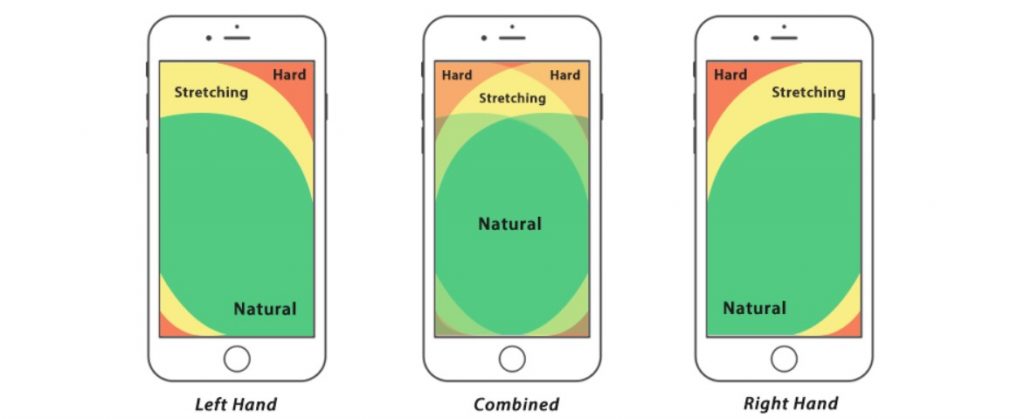What Is Mobile Optimization?
Alice is looking for an auto shop to repair her car. A friend recommends a great local business, so Alice pulls out her phone and Googles the company. She clicks on its website to learn more about its services, rates, and locations. The page takes a few seconds to load, and even when it does, the website is clunky. The layout is skewed, images aren’t loading, and it’s hard to find the menu or a contact form. Alice abandons the website altogether and looks for another reputable auto shop.
This is where mobile optimization comes in. With mobile optimization, website content changes to adapt to the mobile device. It is scaled according to the screen size and eliminates unnecessary elements, like Flash videos and large images. This is different from being mobile-friendly, which means that the website displays accurately on smaller screens (e.g. contact information that initiates an email or a call when clicked).
Why Should You Care About Mobile Optimization?
In 2021, over 60% of organic search engine visits in the United States were made using mobile devices. Many users research companies, products, and services before making purchasing decisions. The use of smartphones in that process is increasing. For instance, Google mobile searches with the term “best” increased by over 80% in 24 months. As mobile use increases, so does the importance of mobile optimization.
Google’s algorithm ranking has switched to mobile-first indexing. This means it prefers mobile-optimized content and ranks those websites higher in the search results. Having an optimized mobile website can reduce bounce rates and increase traffic, leads, and conversion rates. Plus users are more likely to return to your website in the future if the mobile experience was good!
How Can You Optimize Your Website For Mobile Devices?
Responsive design plays an integral role in mobile optimization. You want your website to have a clean, minimal design that adapts to the screen of the user. This could mean layout changes, smaller images, a change in font size, and more. Streamlining the content and navigation of your website will help with this as well. A smaller screen means limited space, so the focus should be concise messaging that encourages action. Additionally, the placement of the navigation bar affects how users interact with your website. Changing it from a top bar to a hamburger button can improve navigability. At the very least, the navigation button should be noticeable and consistent throughout the mobile site.

When you are setting up your responsive design, it’s important to keep the Thumb Zone in mind. The screen size, finger size, and hand the phone is held in differ by person. Essential interface elements should be within thumb reach for ease of use. For instance, the menu button, as well as the menu that drops down, need to be within thumb reach. If you’re unsure of where to place items on your mobile website, using a heatmap can help. Heatmaps can show you how users browse on the mobile version, where they click, what problems are occurring, and how to remove obstacles.
Loading speed is another major factor in mobile optimization. 53% of visitors will abandon your website if it takes more than 3 seconds to load. That’s over HALF of your potential customers! Optimizing your images can help with this, among other things. Google’s mobile website speed test can identify areas of improvement, as well as show how your website compares to your competitors.
Other optimizations include:
- Minimizing pop-ups by focusing on the campaigns that can be embedded in the content of your website. If you do include a pop-up, make sure it is easy to close (i.e. clearly visible “X”) and that it isn’t covering important information.
- Including local SEO and keywords throughout your site. Mobile searches using the phrase “near me” have increased by over 300% in the last few years.
- Using keywords in your meta titles and descriptions. These are your first impressions in the search results. Let the user know what to expect from your site.
The Takeaway
With over 60% of organic searches occurring on mobile devices, mobile optimization is becoming increasingly important. Taking the time to ensure your website is optimized can lead to higher search engine rankings, increased website traffic, a better user experience, and higher conversion rates.
If you need help optimizing your mobile website, we can help! Reach out to us with any questions, concerns, or support you need to give your website a refreshing edge.

